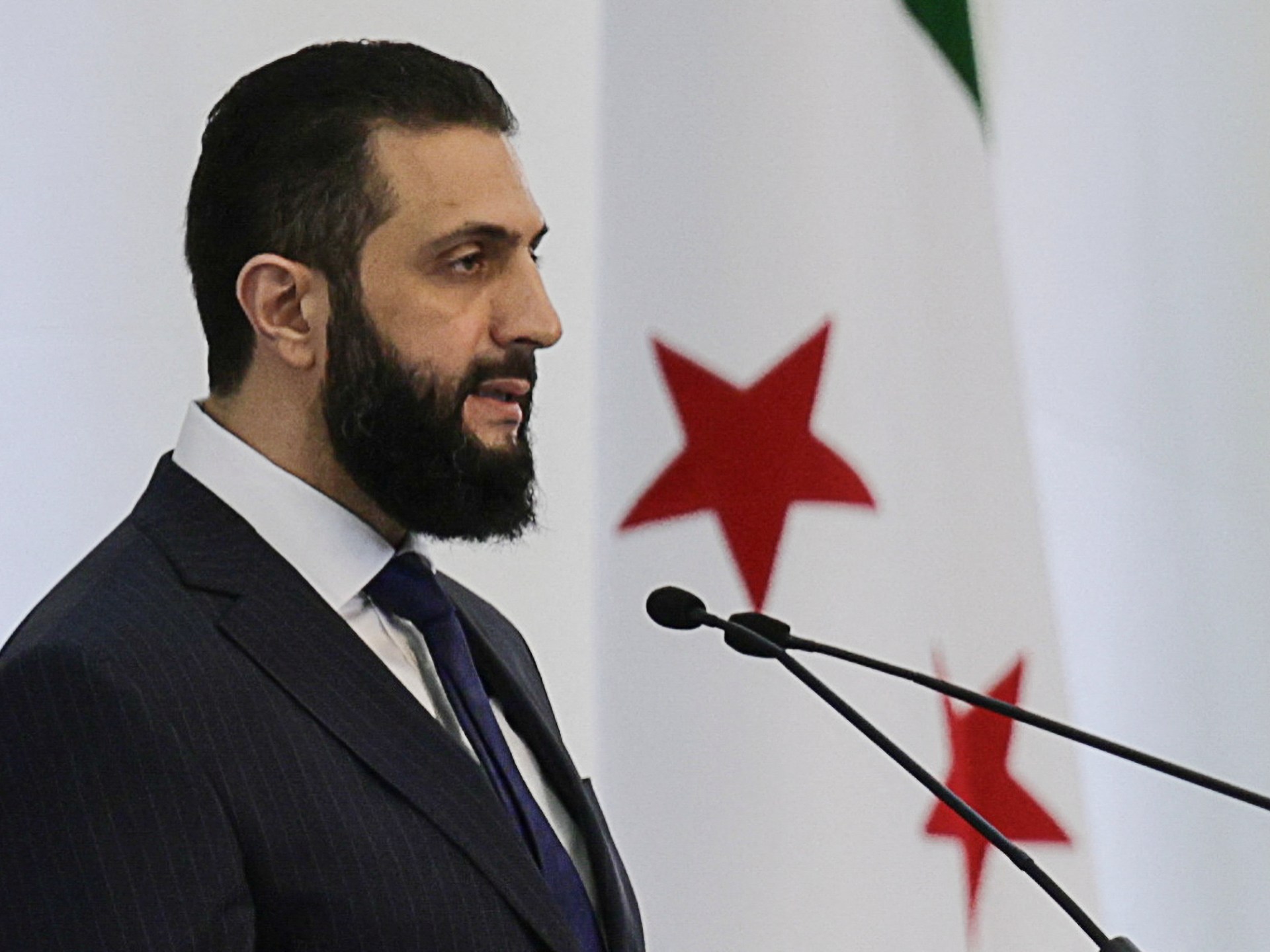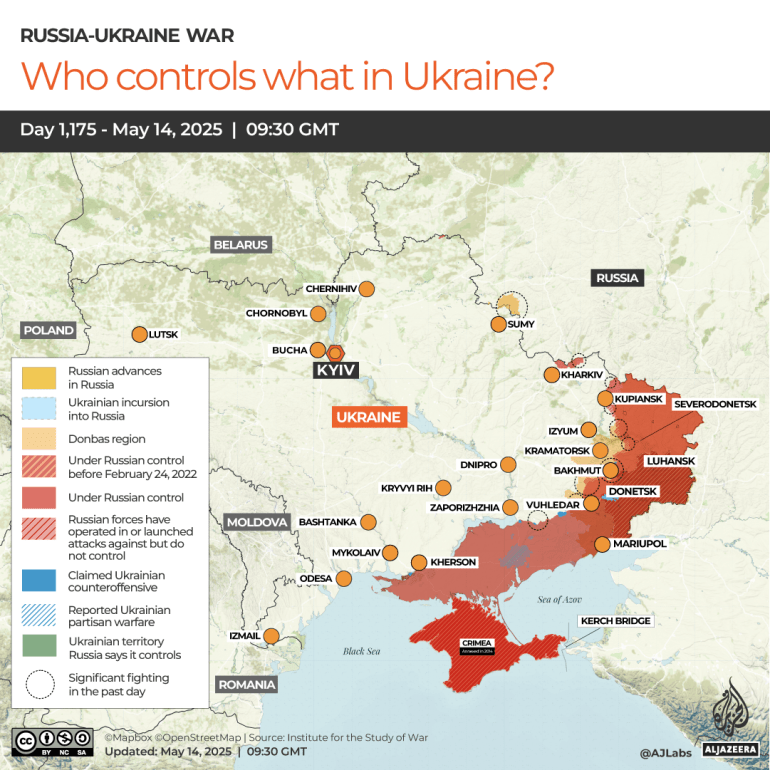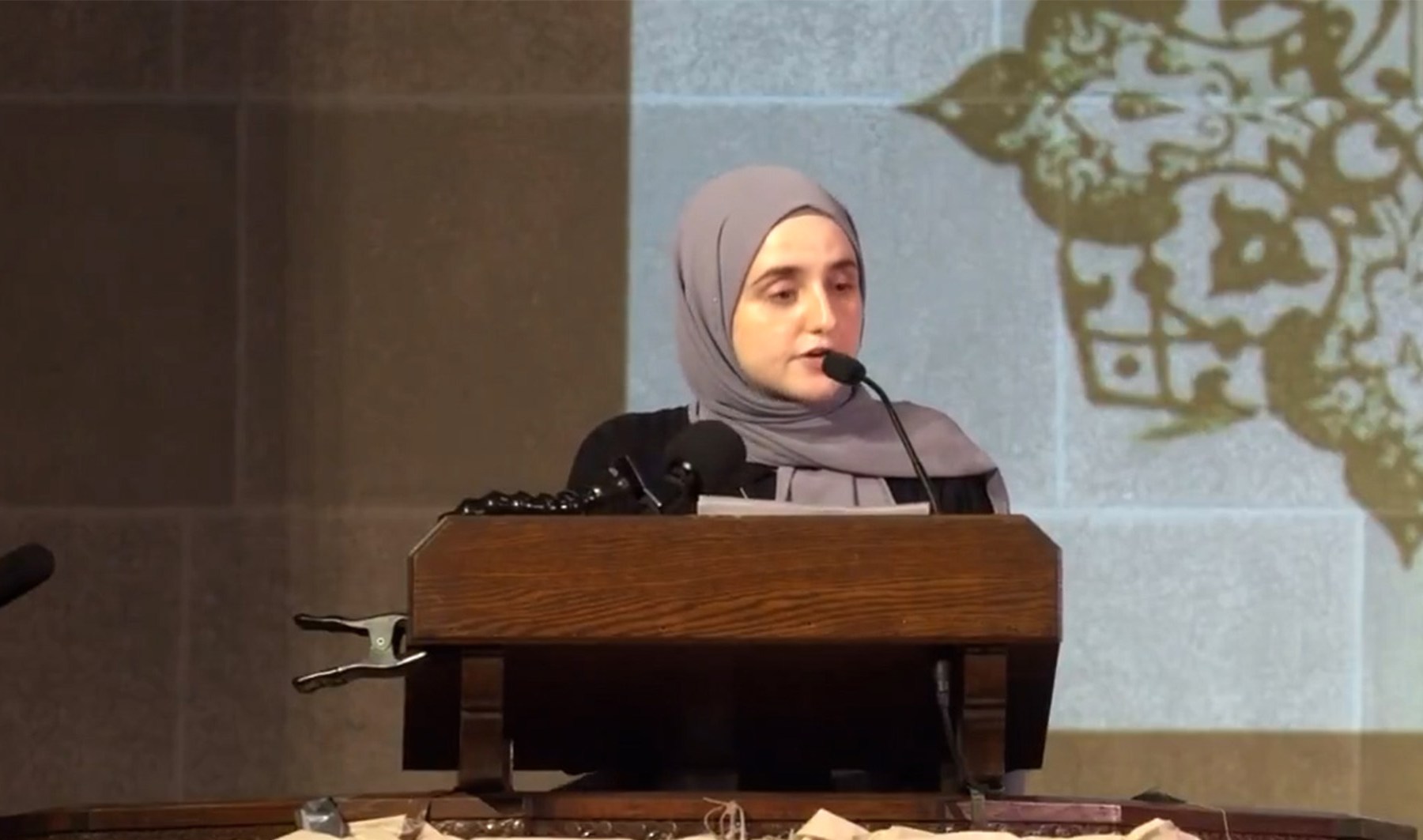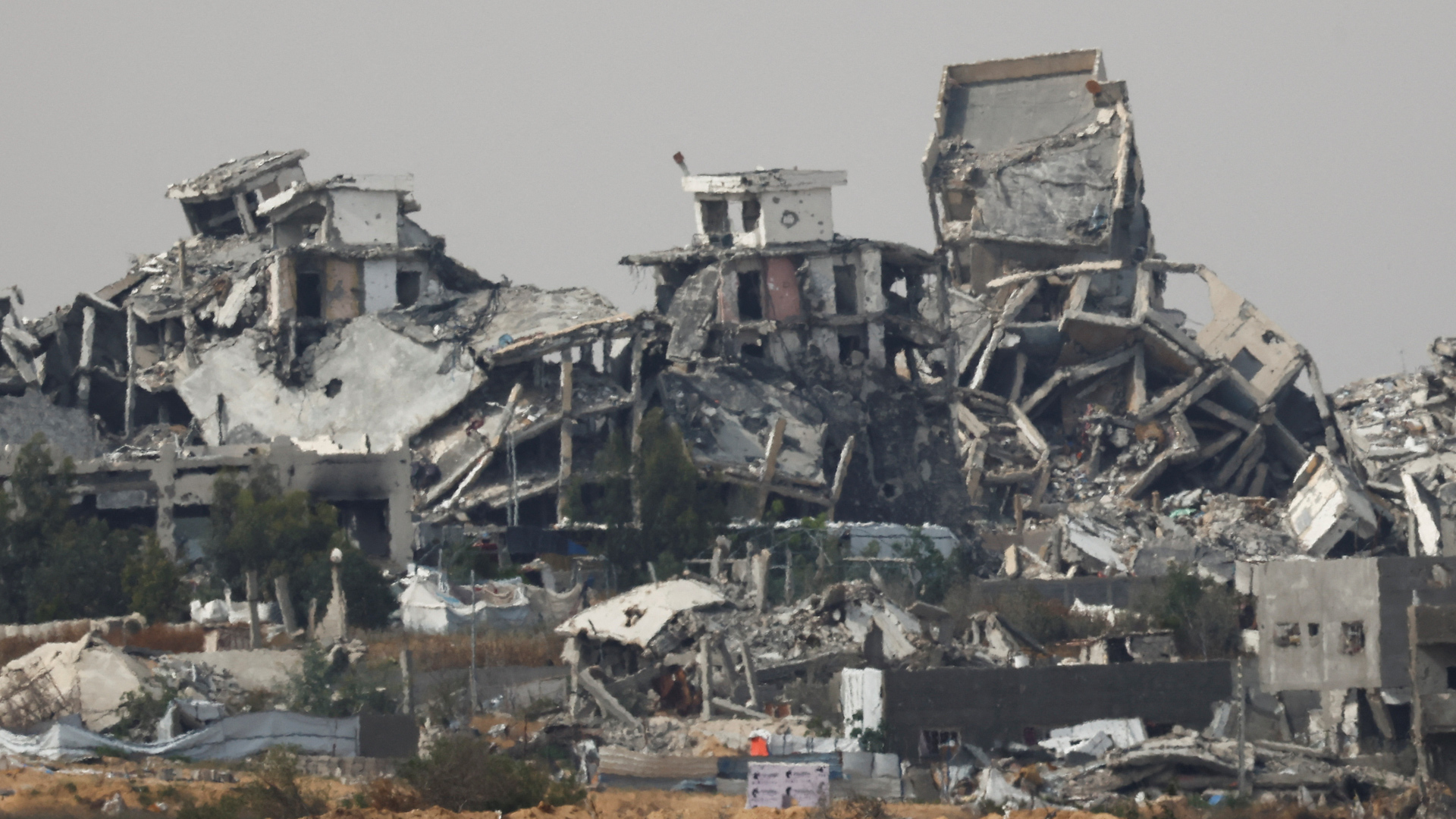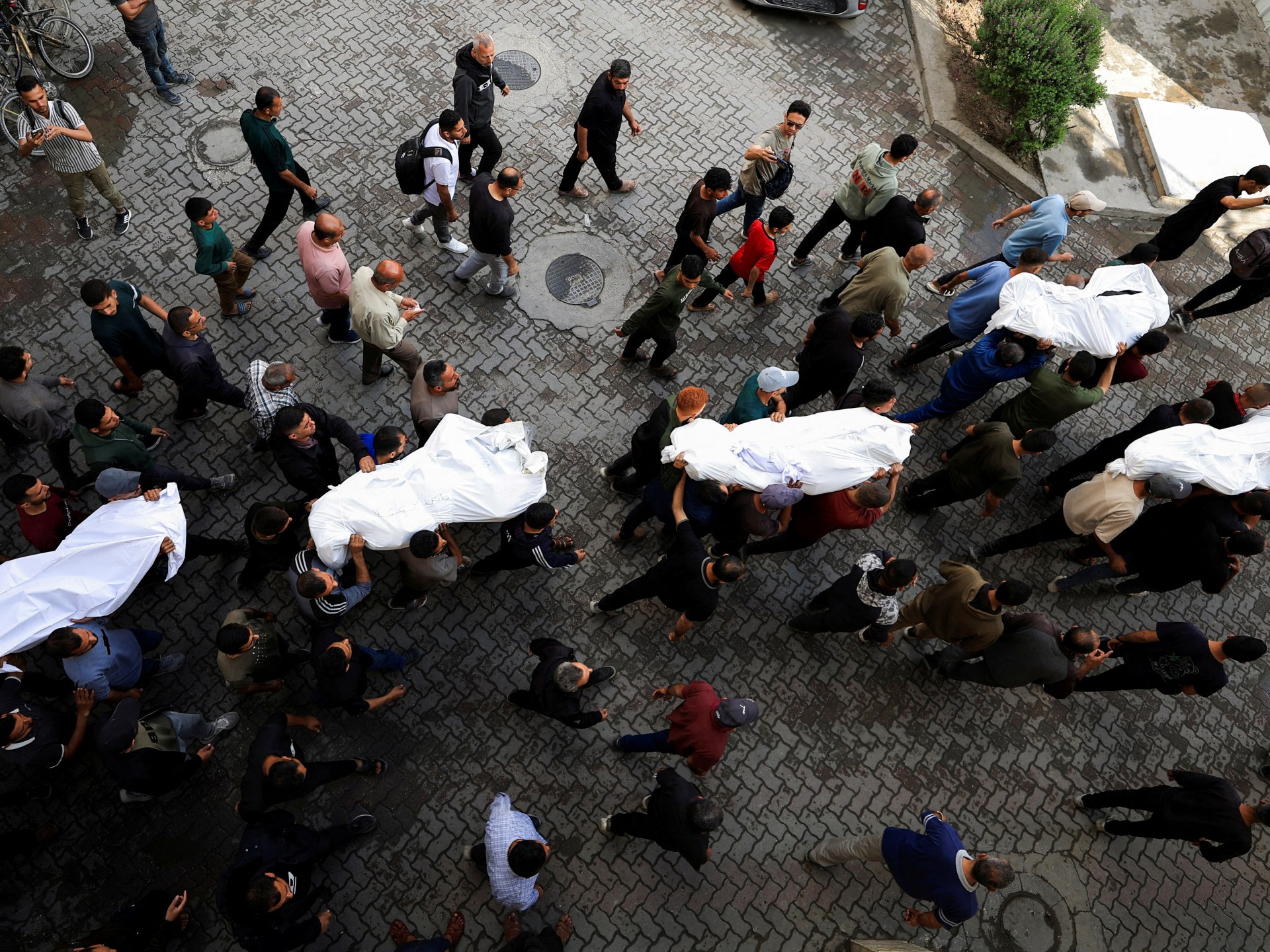According to sources with access to the talks, Ukraine’s European allies are considering whether to use their air forces to shield the country’s western skies from drone and missile attacks without the United States’ assistance.
The ambitious Skyshield plan could allow NATO aircraft and pilots to enter Ukrainian airspace for the first time, effectively demonstrating to Russia that Europe is committed to Ukraine’s defense.
In addition to any ceasefire, Skyshield is more likely to take effect, especially if ground forces from Europe are involved. However, it was created by experts in the aviation industry in Ukraine and the UK to perform combat missions as well.
Victoria Vdovychenko, a specialist on hybrid warfare at Cambridge University’s Center for Geopolitics, who has attended some of the meetings, said, “The UK, France are taking it very seriously.” She added that “German colleagues, Italian colleagues, and the Scandinavian colleagues are also aware of that.”
She acknowledges that “some of the partners are still making decisions in their decision-making when it comes to implementing Skyshield in wartime conditions.”
Lesya Orobets’ Ukrainian think tank, Price of Freedom, founded Skyshield in February. She came up with the idea last spring when a $60 billion bill to provide additional aid to Ukraine was delayed by Republican lawmakers in the US.
Orobets was informed that “we are in the middle of a missile crisis” during a phone call with the head of Ukraine’s air force. We lack the [interceptors] needed to fire missiles.
The Ukrainian Air Force will now have more time to concentrate on the country’s first line of defense in the tense east, according to Skyshield, calling for the deployment of 120 European aircraft to protect Ukrainian civilian infrastructure and export corridors along the Danube River and the Black Sea.
Between them, at least, would be a piece of land with at least 200 kilometers [125 miles] between them, according to Orobets.
The majority of the time, European jets would be based west of the Dnipro, protecting Kyiv on both sides of the river in the north of the nation. They would be based in neighboring Poland and Romania.
A higher-risk approach
Costs, casualties, and military repercussions are all concerns for Western commanders.
According to Colonel Konstantinos Zikidis of the Hellenic Air Force, hourly flight costs range from $ 28 000 to $ 45 000 for a fourth-generation Rafale jet, which includes training, parts, and maintenance.
He said, “We’d have to pay for people to work in all specialties, and it will be exhausting,” referring to aircraft technicians and pilots.
The proposal, on the other hand, “downplays the effectiveness of air defense systems, which are significantly less expensive than aircraft and are very effective against cruise missiles.”
“Aircraft aren’t really supposed to hunt down cruise missiles,” the statement continues. If air command gives them coordinates, they can do it. They cannot be caught by chance while on flight patrol. Therefore, especially at low altitude, you require a very thick radar array to cover a particular area.
According to Zikidis, European NATO members do not use AWACS airborne radar, which would be the best tool for the job. However, Ukrainian pilots have already detonated Russian cruise missiles using air-to-air missiles, which suggests the radar assets are located there.
Europe has provided Ukraine with long-range air defense systems like Patriot and Samp-T and Iris-T medium-range systems, but these don’t suffice to protect larger urban centers, according to Vdovychenko. Russia is also launching additional attacks. Russia launched almost 1,200 long-range kamikaze drones and 10 missiles in a week, according to Ukraine’s President Volodymyr Zelenskyy on May 4.
Russian President Vladimir Putin is increasing production, and these kinds of weapons are frequently used against civilian and industrial infrastructure, not front-line targets. According to Andriy Kovalenko, the head of the Ukraine’s Center for Countering Disinformation, the factory in Alabuga last year produced 6, 000 Shahed/Geran long-range drones. He said Putin set production at 8, 000-10, 000 drones this year.
The effects are obvious. Difficult numbers of people have been killed in recent years due to high-profile attacks on Kryvyi Rih, Kharkiv, and Kyiv.
Casualties would pose a second issue for the European air force.
It will be very difficult for a European government to explain a fatal crash to one European plane, Zikidis said. He continued, “The government could be down if a Greek pilot goes to Ukraine and dies.”
Vdovychenko said, “I don’t believe there is a political will [for that], and that is what partially prevents this,”
Orobets placed this risk in a more expansive sense.
She told Al Jazeera, “We’re talking about catching cruise missiles and putting down the offensive drones, which are quite a simple target for trained pilots.” We do not therefore believe that Skyshield is less risky than imposing a no-fly zone or involving any members of the European Union at a more strategic level.
intimidation using tact
Third, there are the implications for the military. The Ukrainian Air Force’s estimated 85 F-16s are being deployed, which is part of Skyshield’s goal.
Because Russia has increased its use of controlled air bombs (CABs), which are used against front lines, reportedly, dropping 5, 000 in April from 4,800 in March, 3, 370 in February, and 1, 830 in January, it has been reported.
Russian jets would land at the airports from which Ukraine would launch the CABs. Additionally, it would expand the range of Russian missile launch systems, allowing them to be closer to the front lines.
Russia’s most powerful weapon on the front is the CABs, and it has successfully used their nuclear arsenal to deceive NATO into allowing them to enter.
Because Russia believed that the use of Army Tactical Missile Systems (ATACMSs), which have a range of 300 kilometers (190 miles), depended on US intelligence, making the US a hostile force during the conflict, the Biden administration had refused to permit Ukraine to deploy them.
Its position on Germany’s sending of its Taurus missile with a 500-mile (310-mile) range to Ukraine is exactly the same.
Russia has also threatened to halt any deployment of European forces in Ukraine.
Sergei Shoigu, a member of the Russian Security Council’s foreign ministers, stated at a summit of the BRICS group’s leaders in Rio de Janeiro that “military units of Western states on Ukrainian territory will be regarded as legitimate targets.”
These threats have been successful. According to Orobets, the Biden administration opposed the idea of allowing the Polish and Romanian air forces to shoot down drones and missiles entering Ukrainian and Polish airspace.
According to the Biden administration, “we thought that if any American pilot on any American jet or any Western jet entered Ukrainian airspace, then America or another country would become hostile,” she said.
The idea of Europeans entering Ukraine’s airspace was also echoed.
